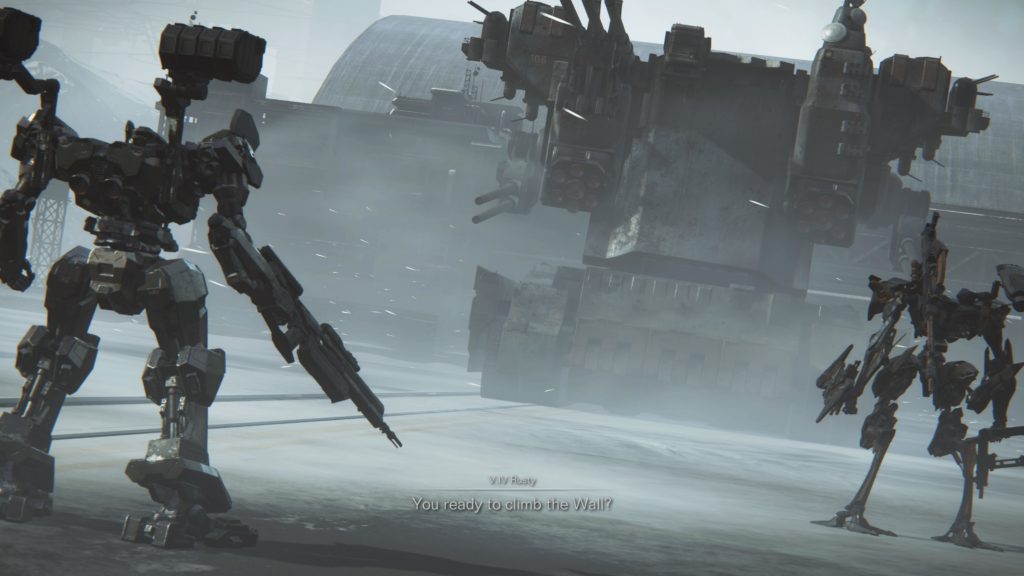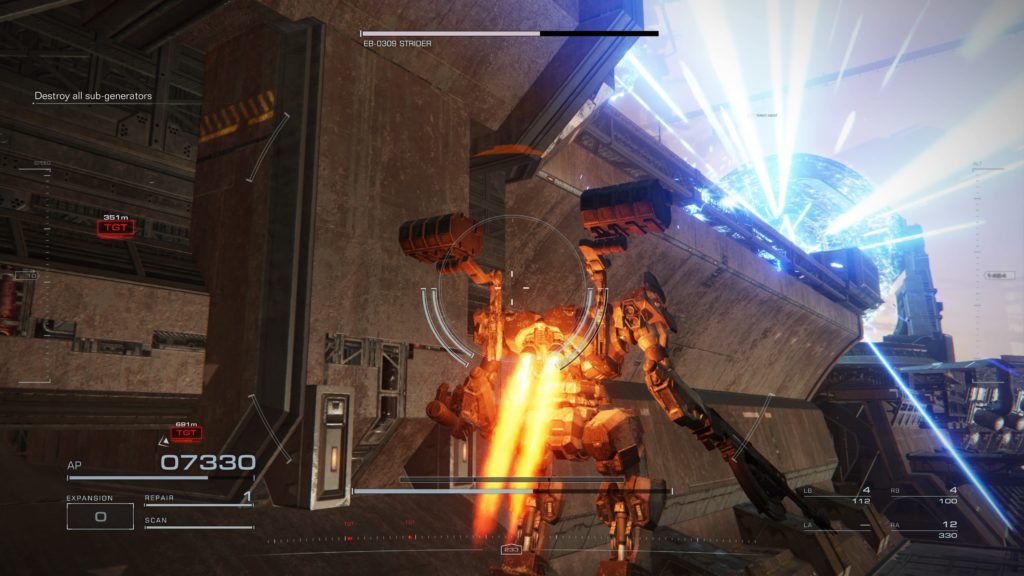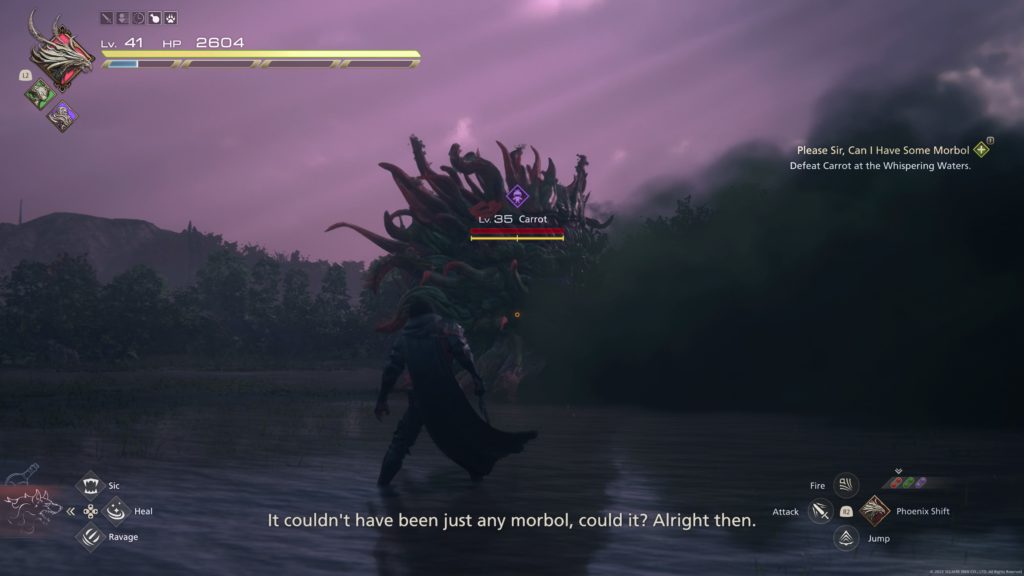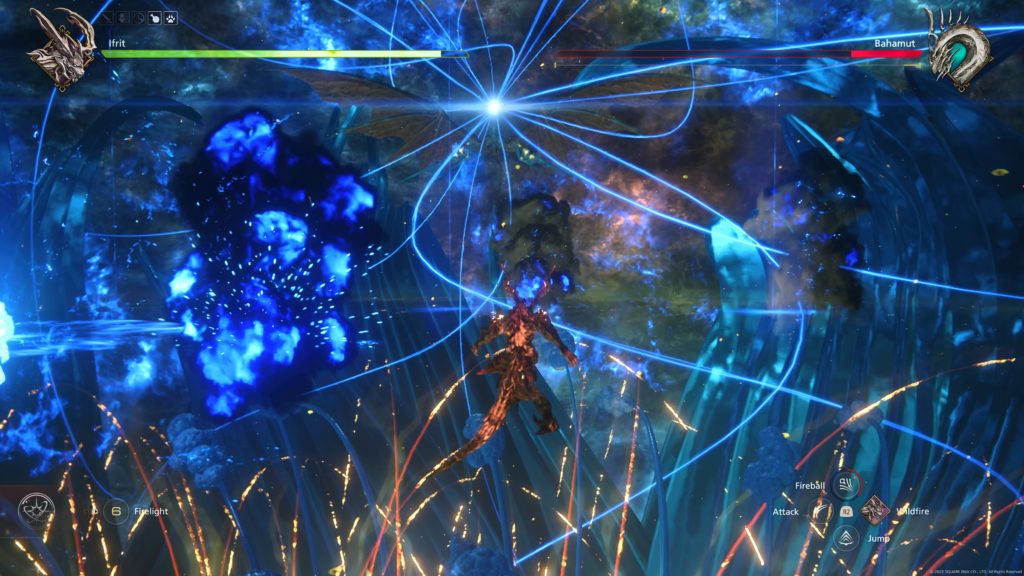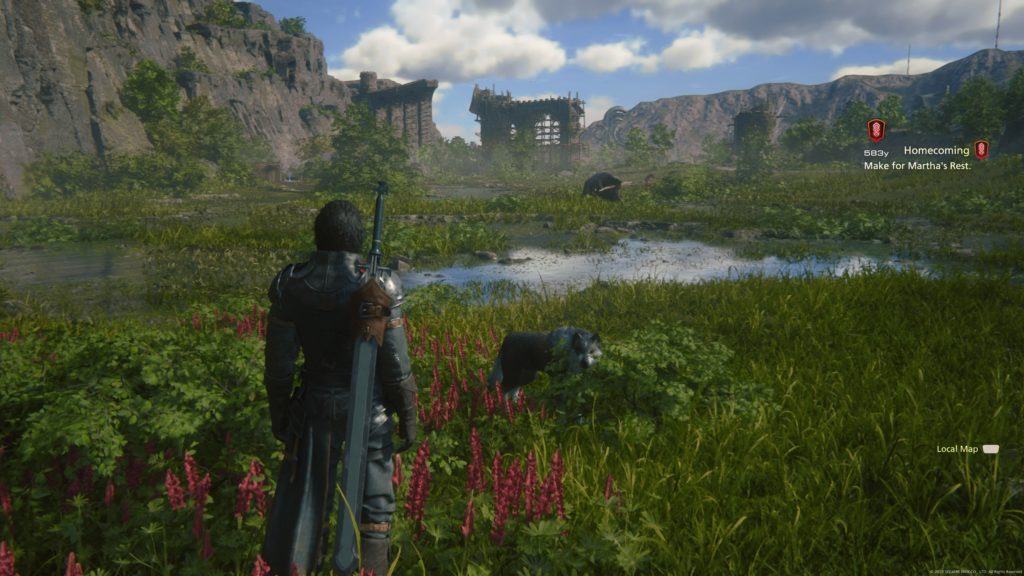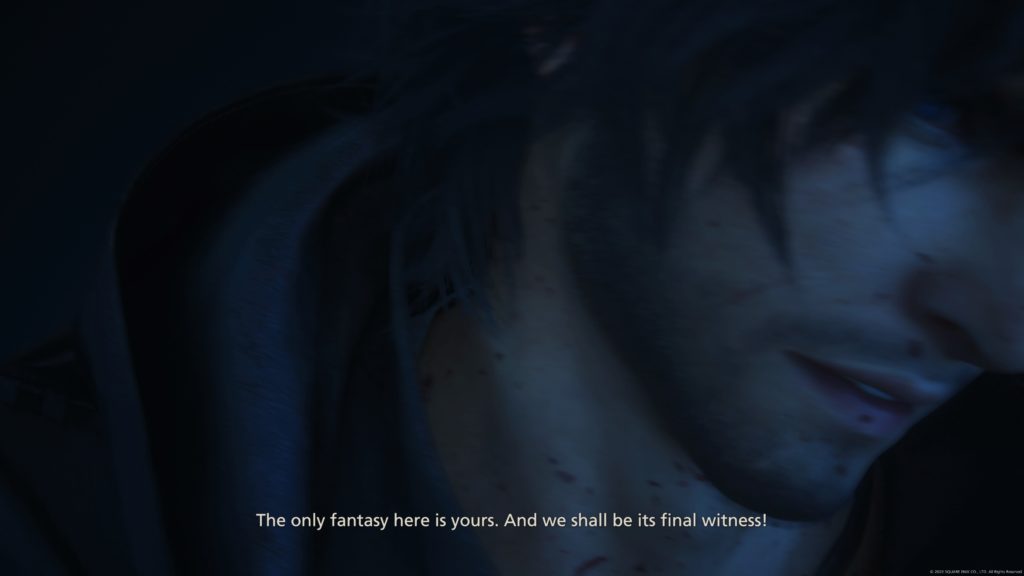More Info from Isometric Corp Games
- Genre: Action/Adventure
- Platform: PS5
- Also Available On: PS4, Xbox One, Xbox Series, Switch, Steam
Tunic is one of those games that just convinces me that somewhere along the way I’ve been left behind by a certain subset of games. It’s the type of game that I can see why people enjoy, but for the life of me I just cannot wrap my head around. There’s little things that annoy me that should be relatively minor, but as a whole just frustrated me to the point where I go, “nope, this isn’t for me.” I guess for me it comes down to too much Souls in a Zelda game ruins my fun.

This is absolutely the type of game that I should love since I’m a huge fan of the 2D Zelda games. It’s got a similar approach to combat. It’s got a similar approach to world design. It’s got a similar approach to exploration. However, I just could not grok any of that in the same way that I could a Zelda game. In a couple of nights of sitting here trying to suss out my frustrations playing this, I’ve been able to narrow it down to two specific things that really got under my skin – core combat delays and overworld design.
Core combat is really down to one thing for me, and it’s an inherent difficulty of the game, not necessarily because the game is hard, but because of how they handle specifically the attack animation. Anything that happens after the attack animation must wait for the animation to complete. In particular that means you can’t dodge and you can’t defend with your shield. Because of this, I found myself taking a lot of what I thought were unnecessary hits. I could start an attack, see that the enemy is about to attack themselves, and be unable to do anything about the incoming damage. I would just have to eat the damage and hope for the best. This is the same issue I have with the Souls series, which is another one that has me convinced that some part of gaming has left me behind.
Ultimately, I guess my frustration here isn’t so much that I can’t dodge when I want to and cancel the attack animation – although frankly I think that is a good option to have – but that it slows the pace down in a way that feels not fun. Rather than being in the attack and actively using my defensive measures, I’m staying back in a full defensive posture, making sure that I’m in an absolutely safe position to attack, and getting in a single swing. If I happen to notice that I knocked an enemy back I could go for a combo, but it often wasn’t worth the risk. There’s too many situations where the game has you fighting 1v3 or more, so getting a combo in on a knocked back enemy just opens you up for damage from other targets. This sort of pace of play is something that I never enjoy, and having it be because I simply can’t play at a faster pace safely is something that I really don’t enjoy in modern Souls-ish games.
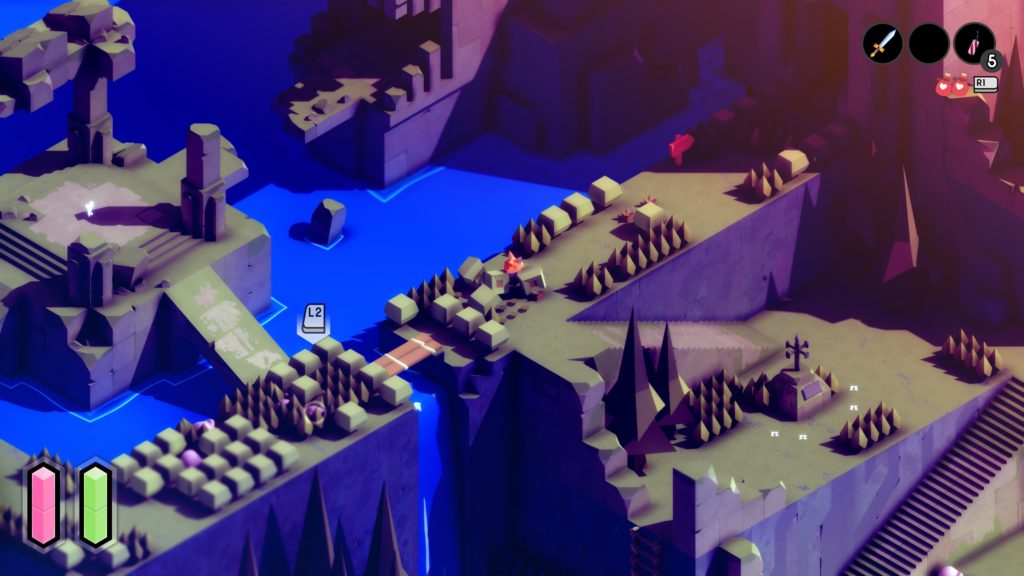
The other thing that really killed a lot of my enjoyment ended up being the overworld design, and this can be traced to a culmination of a few things. The first is that there’s not really an effective map in place. You get a sort of overworld map early on, but it doesn’t show where the player is so you have to contextually know roughly where you are to make much use of it. It also doesn’t extend to the sort of dungeon areas at all, which is less helpful. The second part is that the overworld is intentionally built like a maze, so it doesn’t exactly match up with the provided map anyway. This is then tied to a distinct inconsistency in finding save points. In the main overworld area, the only one that I actually found was the one in the first picture, which I happened to accidentally keep looping back to while I wandered around lost like an idiot, or when I died running into something that I wasn’t ready to fight.
I guess ultimately I feel like you kind of have to pick your poison. If you want difficulty, I feel like you need to be consistent in the player’s ability to save their progress as they make it. If you want to avoid hand holding their progress, then you need some clarity over where the player has been. If you want to not really give an effective map, the player should have a pretty clear path through the world. It’s not like the genre has never had these things. Even the old Game Boy Zelda games had pretty clear maps, pretty clear idea of what the player needed to do (follow the dungeons in order, but we aren’t telling you precisely where they are), and pretty fair difficulty. The combination they picked is none of that, and in doing so it just kind of felt like the worst kind of 90s gameplay where you’re wasting time for the sake of wasting time in trying to figure out what you’re doing, and more often than not accidentally going the right way eventually.
As I was playing through the first sort of side dungeon area, I thought I was getting to a point where I was starting to wrap my head around the game, but getting back into the main overworld made it clear to me that it just wasn’t coming together for me. I think there’s something there when the game works, because a legitimately harder 2D Zelda I think is something I want to like, but this one just didn’t hit for me. It felt like the worst combination of things that I don’t enjoy in the sort of Souls-adjacent rush to market that’s happened in the last few years and it just left me wanting to move on.


